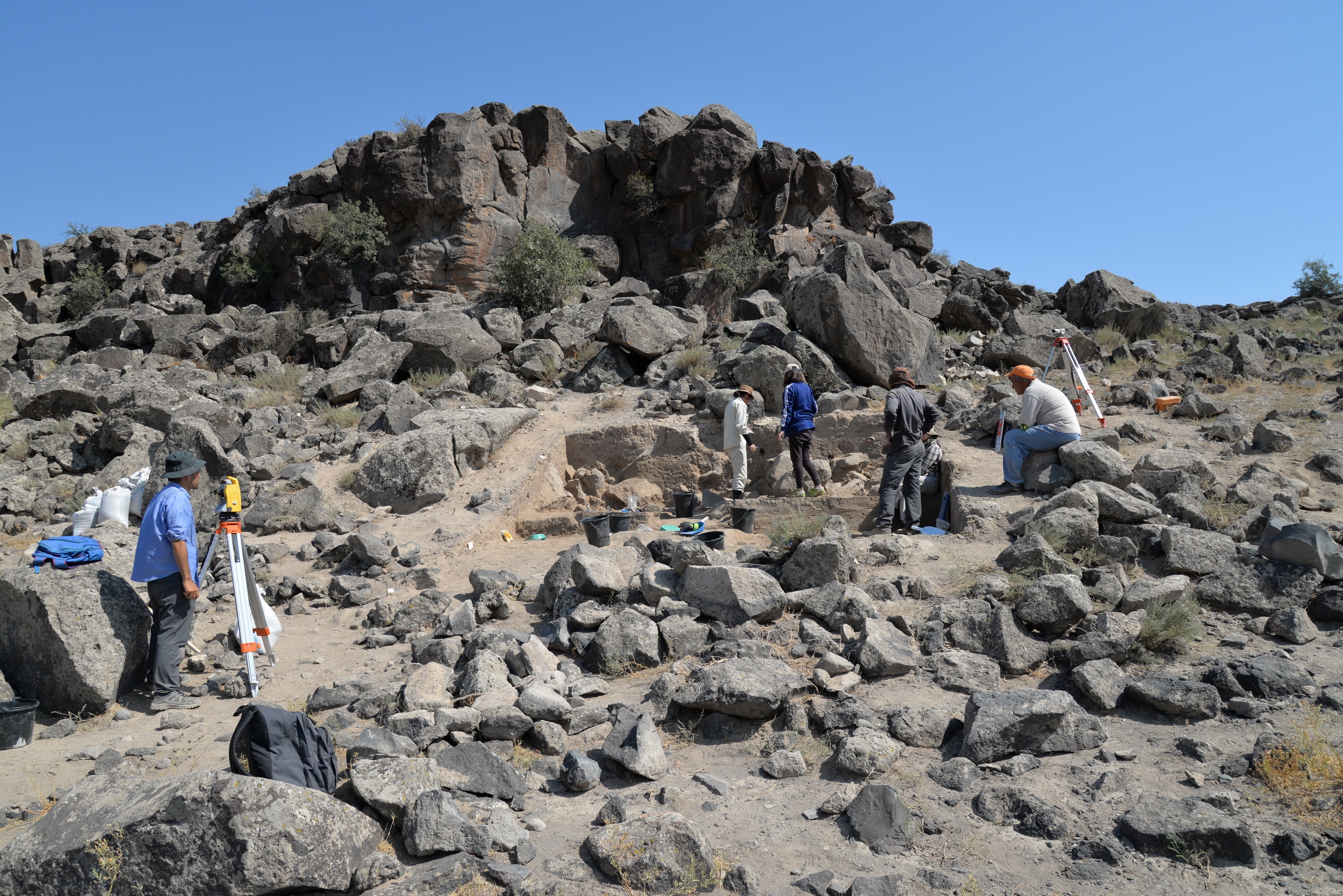Event: New Light on the Neolithization of the Armenia and beyond: Data from the recent excavation at Lernagog - 1 site and Areni-2 Cave in Armenia
Event Details
Artur Petrosyan
Archaeologist, Researcher, Department of Early Archaeology
Institute of Archaeology and Ethnography, National Academy of Sciences Republic of Armenia
November 6th 2020 12:00pm PT (contingent on the developing situation in Armenia)
Register here

Until recently the Early Holocene sites of the Kura and the Araxes river basins were not known and the question of Neolithization in the region were based on the study of Late Neolithic-Chalcolithic settlements grouped into the “Aratashen-Shulaveri-Shomutepe” tradition, located in valleys and plains. Fieldwork activities implemented during last 20 years led to the discovery of series of Old and Early Holocene sites in Armenia, Georgia and Azerbaijan including a stratified cave and rock-shelter as well as open-air sites and settlements, filling the gap between the 10th and early 6th millennium BC. While excavations and research of the Early and Middle Holocene sites continues, the accumulated information to date allows us to look at the process of Neolithization in the Kura and the Araxes river basins from a new perspective. The data suggests dividing the Early Holocene archaeological sequence into two chronological groups or steps. Group 1/Step 1 with chronometric dates between 10.000 – 7300 Cal BC is described by seasonal hunting and habitation camps on higher elevations organized inside caves and rock-shelters in combination with built structures in front of them as well as short-term open-air activities. Some shifts in the economic lifeways and technological production of tools (so-called “apnagyugh” tools) is obvious even though many similarities can be noticed with the lifestyle of the Late Pleistocene hunter-gatherers. Group 2/Step 2 span between 7300 – 6200 Cal BC, when the first settlements and sites with ritual function appeared, in parallel with the cave sites. New data indicate that the origin of the early farming culture in the Araxes River valley is local even though there is noticeable influence from the southern cultural centers.

Artur Petrosyan received his PhD at the Institute of Archaeology and Ethnography of NAS RA in 2010, where he has worked since 2007 as an Archaeologist and Researcher. He has participated in a number of archaeological expeditions in Armenia, Italy (Calvatone, Sassofortino) and UAE (Vadi al Hello). Currently he is the co-director of Armenian – Italian, Armenian – Japanese, Armenian – German and Armenian – Chinese expeditions in Kotayk, Vayots Dzor, Ararat and Armavir regions of Armenia. Petrosyan has published extensively.


